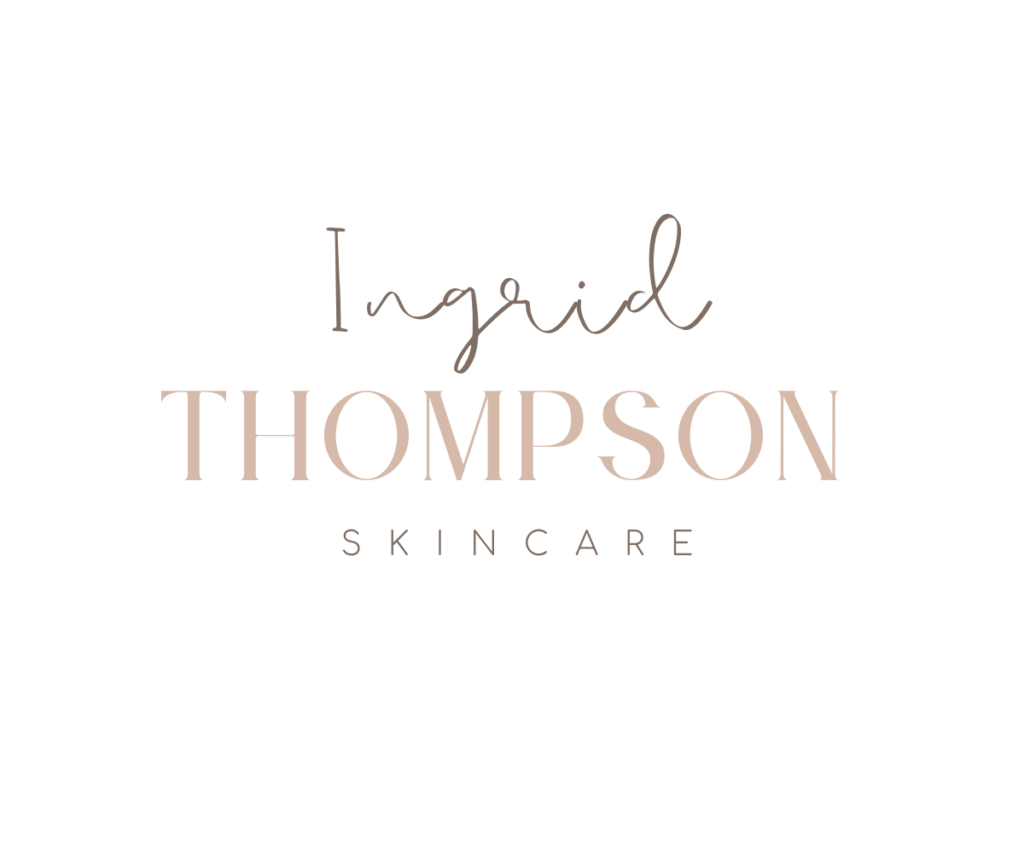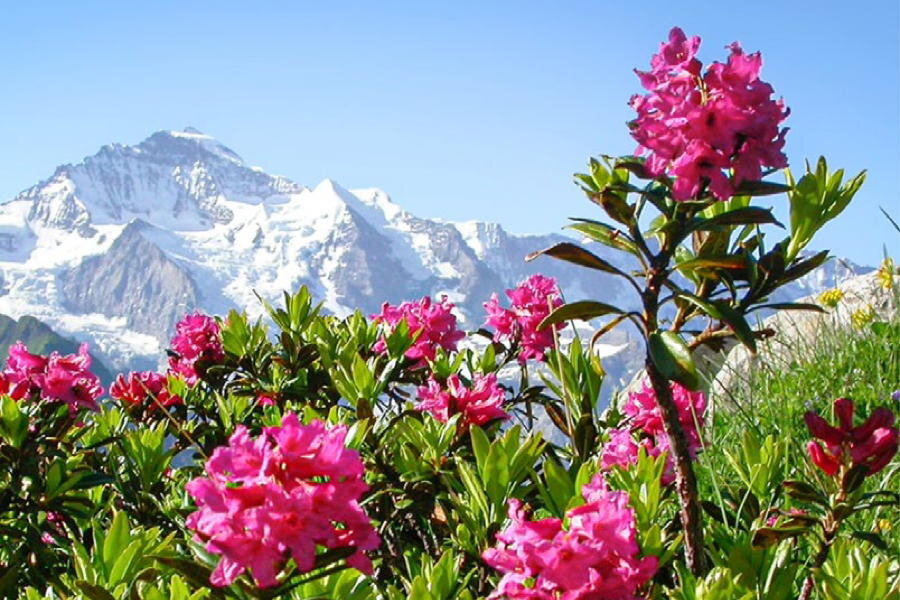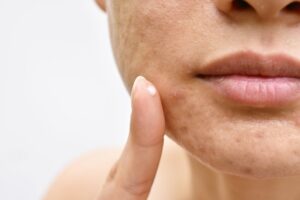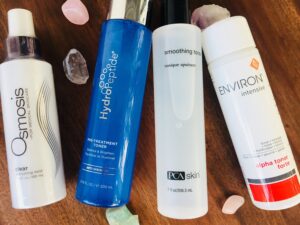As the warmer months approach, you may be upping your game when it comes to sun protection, but a new area of study may make you look at how you protect your skin against environmental damage.
One of the newer areas of study in terms of longevity and healthy aging are a phenomenon known as zombie cells.
One of the key areas of protecting our youthful complexion are to protect and strengthen our collagen reserves. The fibroblasts in our dermis are responsible for the production of collagen to form connective tissue and assist in wound healing of the skin.
Telomere length is used in the medical field to measure intrinsic aging or cellular aging. Telomere are the caps at the end of each strand of DNA that protect our chromosomes, like the plastic tips at the end of shoelaces. As we age, these telomeres shorten via cellular division and when we encounter oxidative stress, resulting in irreparable damage to our fibroblasts. When this happens, our fibroblasts face a choice. They can either continue to divide despite the accumulated damage that would be passed on to their daughter cells, which potentiates harmful skin cells and degradation of our skin matrix.
A second option is to undergo apoptosis, programmed cell death, to stop themselves from spreading the damage.
However, there is a third option, which permanently blocks the cells from undergoing further cell divisions: the cells become ‘senescent’ or zombie cells. This is because while they no longer divide, they are also far from being dead. These senescent cells prevent their elimination by blocking the intracellular pathway that promotes their apoptosis.
Moreover, they continue to secrete signaling molecules such as cytokines that promote inflammation and can influence surrounding cells into also becoming senescent.
In younger tissue, senescent cells are usually cleared by the immune system. In aged skin and skin that has been exposed to consistent stress, the large number of senescent cells can no longer be cleared by the immune system without help and they therefore accumulate.
The resulting chronic inflammation exacerbates the aging process by promoting collagen degradation, which leads to a lack of skin elasticity.
Not surprisingly, the formation and accumulation of senescent cells is one of the hallmarks of aging. As a result, eliminating senescent cells has emerged as a promising anti-aging therapy in the medical field in the past few years.
Protein carbonylation: Premature Senescence
How can we take pro-active measures to slowing and preventing the formation of senescent cells? Protecting our skin and body against oxidative damage and chronic inflammation.
Environmental stress factors, such as UV light, infrared radiation, tobacco smoke, and pollution, generate reactive oxygen species (ROS). In our skin, these ROS oxidize proteins (collagen) and skin lipids, which are the main components of cell membranes.
This leads to ‘carbonylation’, which is one of the most harmful irreversible modifications of protein structure. Under normal conditions, the resulting carbonylated proteins are recycled by enzymes called proteasome.
However, age and an increase in oxidative stress factors impair the proteasome activity, which leads to a further addition of damaged lipids and collagen resulting in their crosslinking and resist degradation and accumulate over time.
This cross-linking creates a super structure that becomes toxic to our cells and accelerates aging by promoting cellular senescence.
Therefore, the accumulation of carbonylated proteins is the major indicator of oxidative damage and a hallmark of aging.
The good news
Enter Swiss ALPINE ROSE
The Alpine Rose is one of the most typical and important alpine plants in Switzerland. It grows at high altitudes and has developed impressive strategies to protect itself from dehydration and the attack of free radicals and pathogens.
The extract from these leaves inhibits the formation of carbonylated proteins and protects against oxidative damage, and preventing cellular senescence.
Where cellular senescence has already occurred, the alpine rose extract can help to clear these cells while not affecting healthy cells, increasing skin elasticity.
Plant source
The leaves of alpine roses were handpicked by organic farmers in the Swiss Alps through controlled wildcrafting.
Alpine Rose Active is a purified extract derived from organic alpine rose leaves, which rejuvenates the skin through the novel anti-aging concept of senolytics.
Proven efficacy:
-
Reduction of number of senescent fibroblasts while not affecting healthy fibroblasts
-
Reduction of redness
-
Increased skin elasticity
-
Protection against protein carbonylation / photo aging
-
Rejuvenates deeper layers of skin
-
Increases skin hydration





